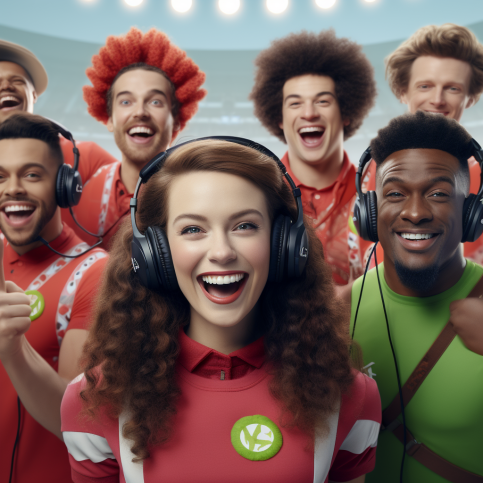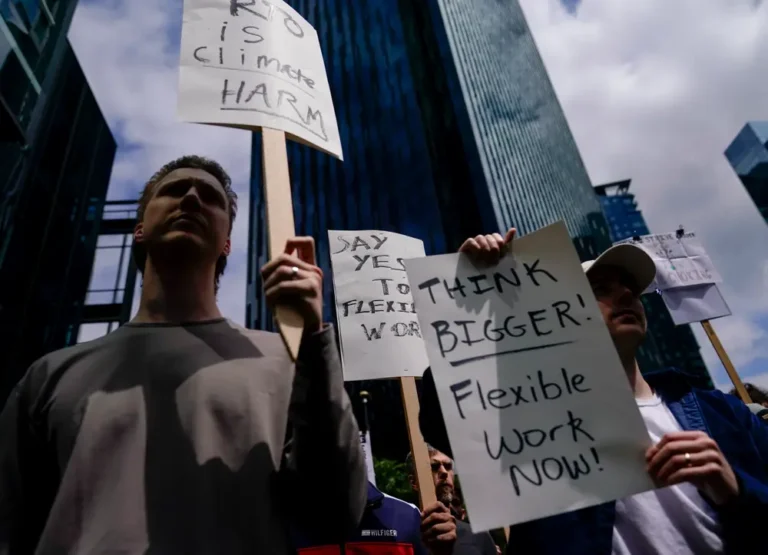Duolingo will run its first Super Bowl ad as it expands beyond TikTok

- According to the company’s chief marketing officer, Duolingo will run a regional five-second Super Bowl ad.
- The language-learning app is well-known for its TikTok marketing, which features the app’s mascot, Duo.
- On YouTube Shorts, Duolingo is also experimenting with new types of content.
Duolingo’s viral TikTok marketing is set to make its Super Bowl debut.
Manu Orssaud, Duolingo’s chief marketing officer, told Business Insider that the language-learning app plans to run a five-second ad during the Super Bowl game on February 11. It will not be a national Super Bowl commercial, but will instead target local markets regionally.
Orssaud described the ad as “stunty,” similar to campaigns run in recent years by Reddit and others that make a quick splash during the game but are less expensive than standard 30- or 60-second TV ads.
“It’s going to be a very short ad, but we’ve seen some successful brands that have been big inspirations,” Orssaud went on to say.
The Super Bowl ad will also have a digital component and will be “something surprising, something that hopefully will get people talking,” according to Orssaud.
“There’s a cachet to be a brand at a Super Bowl,” he went on to say. “For us, it’s very much a celebration of who we are as a brand and being part of the big league at Super Bowl.”
Duolingo built its marketing on TikTok
Duolingo had previously concentrated on digital marketing, particularly TikTok. The brand has over 8 million followers and relies heavily on memes and culture via its green owl mascot, Duo.
Duolingo also expanded beyond its main TikTok account, opening accounts in countries such as Germany and Japan. Duo, for example, attended Oktoberfest in Germany.
According to Orssaud, Duolingo treats Duo as its own influencer and uses TikTok to create his personality.
“It is very much impersonating the brand into the mascot and using that suit that we carry into different events to create stunts and content,” Orssaud went on to say.
The most successful TikTok campaign this year focused on the brand’s subtle presence in the Warner Bros. film “Barbie.” The app’s “ding” sound is heard for a few seconds in the film. When it’s time for users to finish their daily lesson, the app plays the sound.
“The sound acts as a reminder,” said Orssaud. “Anyone who hears that sound knows it’s Duolingo.” We put a lot of emphasis on that.”
Duolingo jumped into the film’s massive marketing by sending Duo to the premiere, spawning social content that generated 140 million views, according to Orssaud. Duolingo also ran a pre-movie advertisement in theaters showing “Barbie.”
@duolingo recognized Greta asked me to take Margot’s place. #duolingo #languagelearning #barbie #barbiepremiere #barbiechallenge #barbenheimer original sound – Diya – Model Commissions NOW OPEN
Duolingo expands to YouTube Shorts
Duolingo’s marketing has incorporated new characters, such as Lily, who appears in the app’s lessons. Unlike the Duo content, the Lily marketing is scripted and formatted like a ’90s sitcom. According to Orssaud, Duolingo’s Lily marketing has received 10 million views.
Lily is part of Duolingo’s effort to move beyond TikTok and into YouTube Shorts. According to Orssaud, the YouTube Shorts audience is more male than TikTok’s, and Duolingo is creating repeatable, series-driven content specifically for YouTube Shorts. One of the Shorts series, for example, asks people on the street to answer questions about Duolingo.
According to Orssaud, TikTok and YouTube campaigns help Duolingo acquire customers. When a user creates an account, the app asks how they heard about Duolingo, including whether it was through social media.
“What we’ve seen is that sources like TikTok actually drive a lot of users, and that is directly correlated to the content that we post,” Orssaud went on to say. “When one of our videos goes viral, we notice an increase in users attributing their registration to TikTok.” The same is true for YouTube and other channels.”
Orssaud also mentioned that there is a link between seeing Duolingo’s social content and using the app on a daily basis.
Orssaud believes that by 2024, Duolingo will be using computer-generated images in its advertisements. Maybelline and Adidas have used CGI to create buzzy out-of-home ads that look real without incurring the costs of a large campaign.
“What’s amazing is that you can create our stunts without having to leave the office,” Orssaud said in a statement. “It opens up a lot of possibilities for us to be even more creative with our thinking and with our ideas.”






